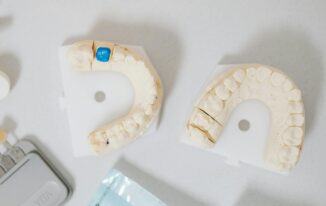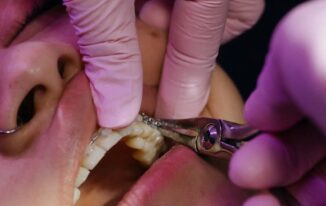Table of Contents
- Introduction to Dental Crowns
- The Various Types of Dental Crowns
- Understanding the Procedure for Dental Crowns
- Cost of Dental Crowns and What to Expect
- Benefits of Getting a Dental Crown
- How to Care for Your Dental Crown
- Final Thoughts on Dental Crowns

Introduction to Dental Crowns
Dental crowns are a cornerstone of modern dentistry, serving as caps placed over teeth to restore their shape, size, and functionality. They are essential for protecting teeth that have been weakened, either by decay or trauma. This form of tooth restoration is crucial not just because it repairs damaged teeth but also because it helps ensure the overall health of the mouth by preventing further damage to already compromised teeth.
Historically, the concept of dental crowns can be traced back to ancient civilizations where simpler materials were used to cover teeth. Crowns composed of advanced materials that more closely resemble natural teeth in both appearance and function are now possible because to advancements in dental technology. This development has transformed dental treatment by offering long-lasting and aesthetically beautiful solutions.
The Various Types of Dental Crowns
There are numerous kinds of dental crowns available, each designed to meet specific needs. Metal crowns, such as those made from gold alloys, are known for their durability, making them a good choice for out-of-sight molars. Porcelain-fused-to-metal crowns offer the strength of metal crowns while having a natural tooth-like appearance, making them suitable for both front and back teeth. Logan Dental Care offers these crowns to suit various patient needs. All-ceramic or all-porcelain crowns are popular for their superior aesthetic and are often used for front teeth. They provide a closer color match to natural teeth and are metal-free, making them a good option for those with metal allergies. Recent advancements have led to the development of zirconia crowns, combining the durability of metal with the aesthetics of porcelain.
Understanding the Procedure for Dental Crowns
The procedure of getting a dental crown usually involves multiple steps over two dental visits. During the first visit, the dentist may take X-rays to assess the tooth in question and the surrounding bone. The tooth is then filed down to make room for the crown, and impressions are made of the teeth above and below the crown-receiving tooth to ensure that the new crown won’t affect your bite.
If the tooth is greatly damaged or decayed, a buildup may be required to provide a solid foundation for the crown. In order to safeguard the tooth while the permanent crown is being produced, a temporary crown is inserted after the preparation is finished. Thanks to modern technology, some dentists can create a crown in just one visit using advanced CAD/CAM devices. Learn more from this recent health tech resource.
Cost of Dental Crowns and What to Expect
The cost of a dental crown may vary widely, typically between $800 and $2,500, depending on the materials chosen and the procedure’s complexity. Metal crowns are usually on the lower end of the cost spectrum due to their material and labor intensity. Crowns made of porcelain and ceramic are typically more expensive because of their intricate manufacturing procedures and visual appeal.
Insurance may cover some of the cost of a crown, especially if it is considered necessary for the tooth’s health. Payment plans offered by a lot of dental practices can also help manage out-of-pocket expenses. It is advisable to discuss all possible financial options with your dentist to find a plan that best suits your financial situation.
Benefits of Getting a Dental Crown
Dental crowns offer numerous functional and aesthetic benefits. Beyond improving the look of damaged or severely discolored teeth, they enhance the function by restoring your tooth’s ability to bite and chew properly. In doing so, they help prevent the wear and tear on other teeth caused by compensatory biting habits.
Crowns also act as a protective barrier for teeth that have undergone extensive procedures like root canal therapy by shielding them from decay and further damage. By maintaining proper tooth alignment and spacing, crowns can contribute significantly to oral health, preventing more serious issues like temporomandibular joint disorders.
How to Care for Your Dental Crown
When you have a dental crown, proper care is vital to ensuring it lasts. It’s crucial to maintain a regular oral hygiene routine, including twice-a-day brushing and daily flossing, to avoid plaque buildup around the crown. It is also essential to have regular dental examinations in order to track the health of your crown and spot any potential problems early.
Avoiding specific foods can prolong the life of your crown. Hard foods, such as ice or hard candies, can cause porcelain crowns—or even your natural teeth—to crack. Sticky foods, which can pull crowns off, should also be avoided. Practicing good oral habits will help maximize the lifespan of your crown.
Final Thoughts on Dental Crowns
Dental crowns play an integral role in modern dentistry for both cosmetic and restorative purposes. They provide a durable solution for preserving a smile’s appearance and function, ensuring long-term oral health. Whether a crown is needed due to decay, trauma, or aesthetic reasons, understanding the types, procedures, and care can help ensure a successful outcome. Regularly consult with your dental care provider to make the best choice for your needs. Considering the ongoing improvements in dental materials and procedures, the future of dental crowns looks promising and bright.



